HUTIAS: ABACO’S EXTINCT RODENTS LIVE ON… ELSEWHERE
Note: my original article on the Hutia predates Dorian & a few references may be a bit out of date
The Bahama hutia (Geocapromys ingrahami) has the distinction of being the only indigenous land mammal in the Bahamas. Historically found on a number of islands, the species is now confined to very limited locations. Abaco is, sadly, no longer one of them; they are officially shown as extirpated here from about 1600. Hutias had been recorded on Great Abaco by early explorers from Europe, but their survival was already threatened by hunting and land clearance as the human population expanded.
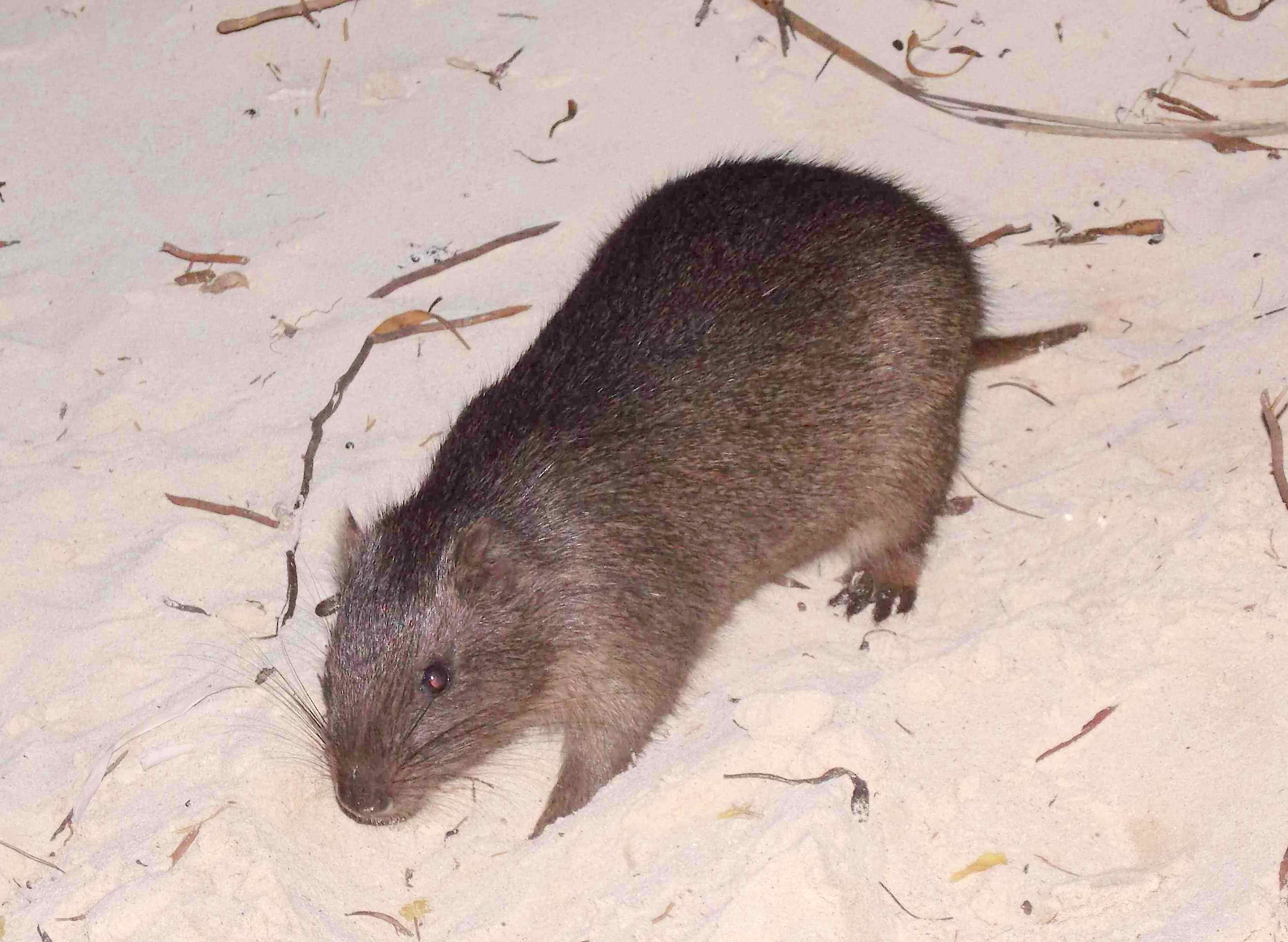
Further evidence of their long-term existence on Abaco – prehistoric, even – comes from research carried out by divers in the land-based Blues Holes. SAWMILL SINK has been a particularly rich source of the remnants of early creatures, including well-preserved skeletons, carapaces or other remains of crocodiles, turtles, birds, bats – and hutias. These date from the Pleistocene epoch of the Quartenary period, spanning roughly 2.5m years and ending some 12,000 years ago. You can see some of these treasures in the wonderful Natural History Museum at Friends of the Environment in Marsh Harbour.
A c20 hutia from the Exumas on display in the museum
Exhibits in the museum – there’s even a dead parrot for Monty Python fans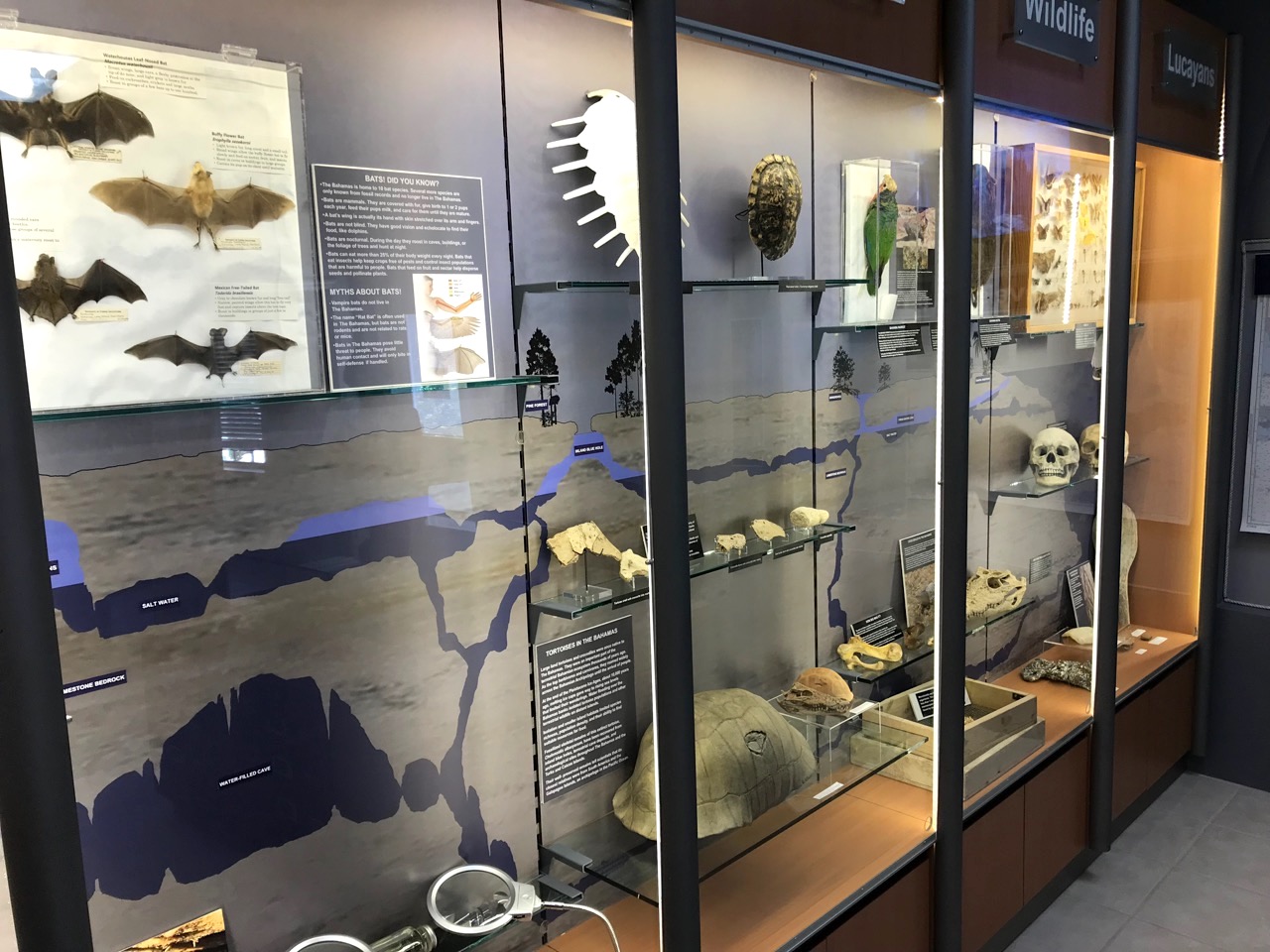
The population of the extant Bahama hutia species Geocapromys ingrahami became so depleted that by the 1960s they were considered to be extinct. Then in 1966 a colony was discovered on East Plana Cay. Some have since been relocated (see below) and the overall population is now confined to a handful of locations, for which reason the Bahama hutia is IUCN listed as vulnerable. All the usual man-caused threats to their survival apply, as well as predation by dogs and feral cats. One place to find them is in the Exumas, but because they are mainly nocturnal creatures and there are few of them, a sighting is a rare event, let alone getting a decent photo op.
A ‘Demarest’s Hutia’ – not the Bahamian species, but very similar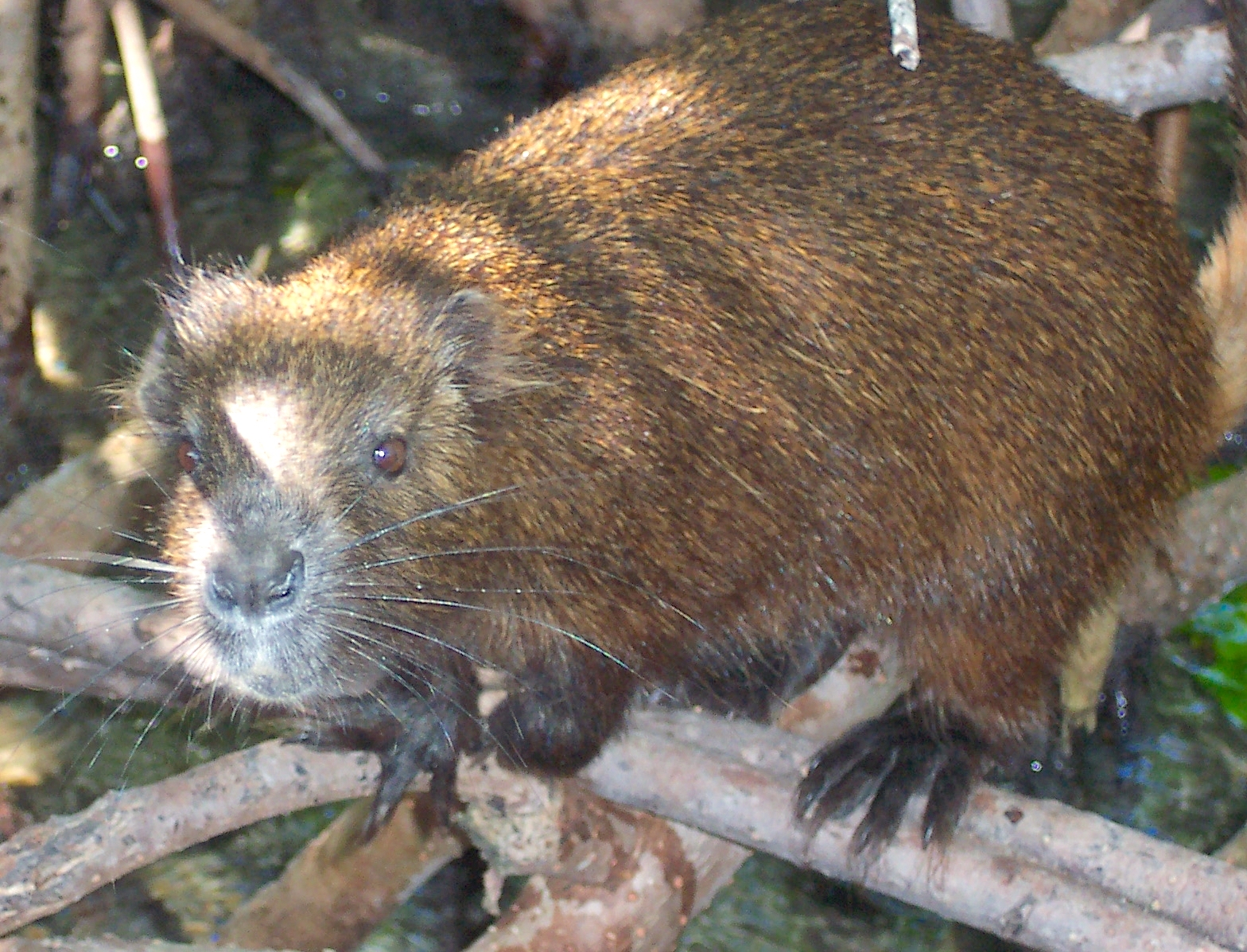
The terrific header image and the second image were taken by teenager Cole Fiechter while on a sailing trip with his parents and brother in the excellently named ‘Truansea’. On the beach of the Exumas Land and Sea Park at Warderick Wells, they encountered “a guinea pig with a rat’s tail”: a hutia. Cole’s photograph features in the indispensible Guide to the Natural History of the Bahamas, with which I was peripherally involved. See the cover on the sidebar.
MARK CATESBY‘s take on the hutia in the c18, where he describes it as a rabbit
The BAHAMAS NATIONAL TRUST notes that “Bahama hutias occur naturally only on East Plana Cay (located between Acklins and Mayaguana). Historically however, they were found on ten Bahamian islands. In a move to protect the species, a small Bahama hutia population was transplanted to two locations – Little Wax Cay and Warderick Wells (Exumas). These three locations now host the only known populations of this particular species in the whole world”.
It looks as though Warderick Wells might be your best bet to see a Bahama hutia if you are visiting the Bahamas. Don’t be too confident of coming across one – but if you do see one, you will have had the pleasure of seeing a very rare creature.
A HUTIA’S TAIL (very different from a rat…)

Credits: Cole Fiechter (1, 2); Keith Salvesen / FOTE (3, 4); ‘Yomangani’ wiki (5); OS (6); Princeton UP (7). Research credits PNAS, BNT, FOTE
















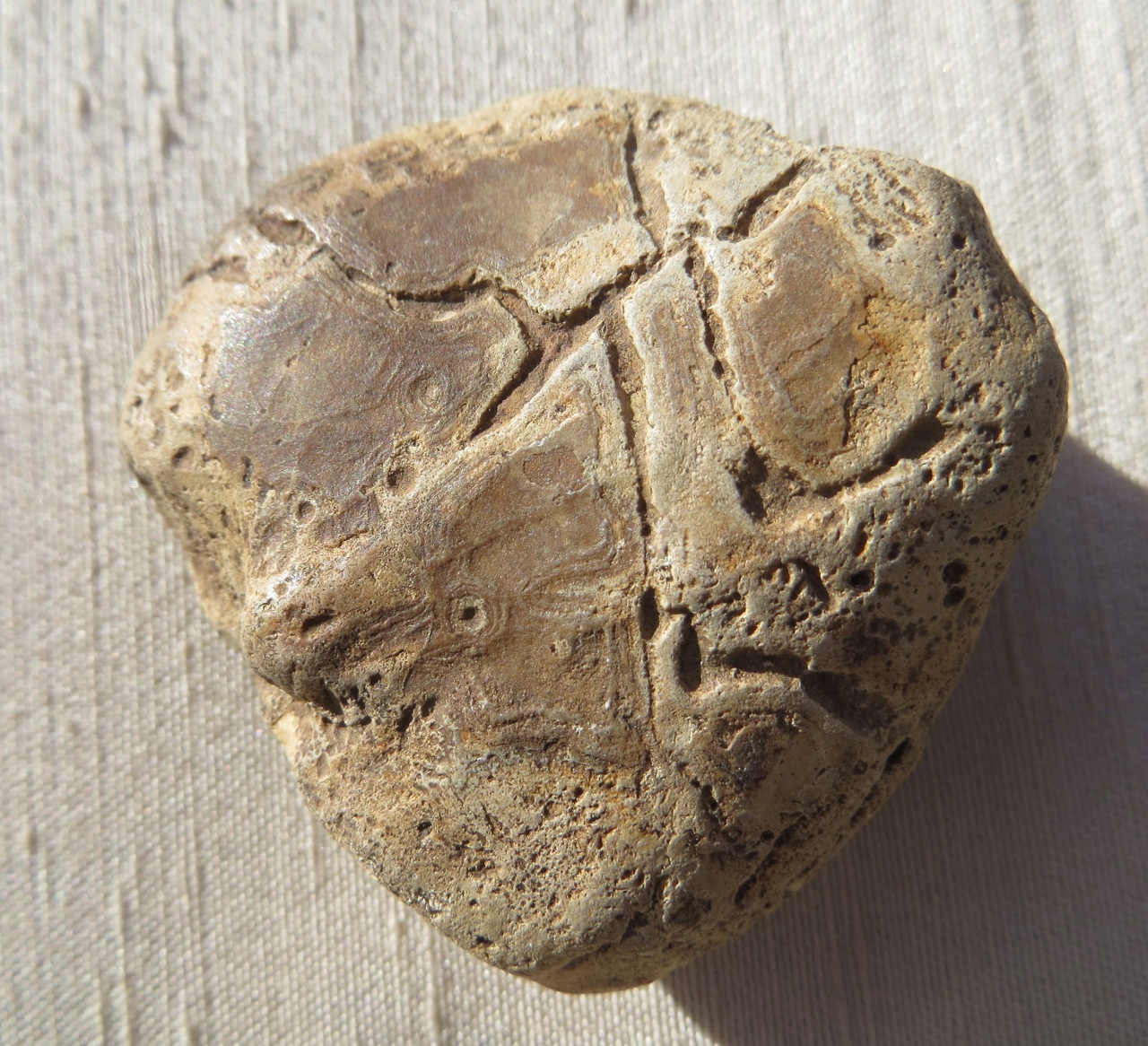

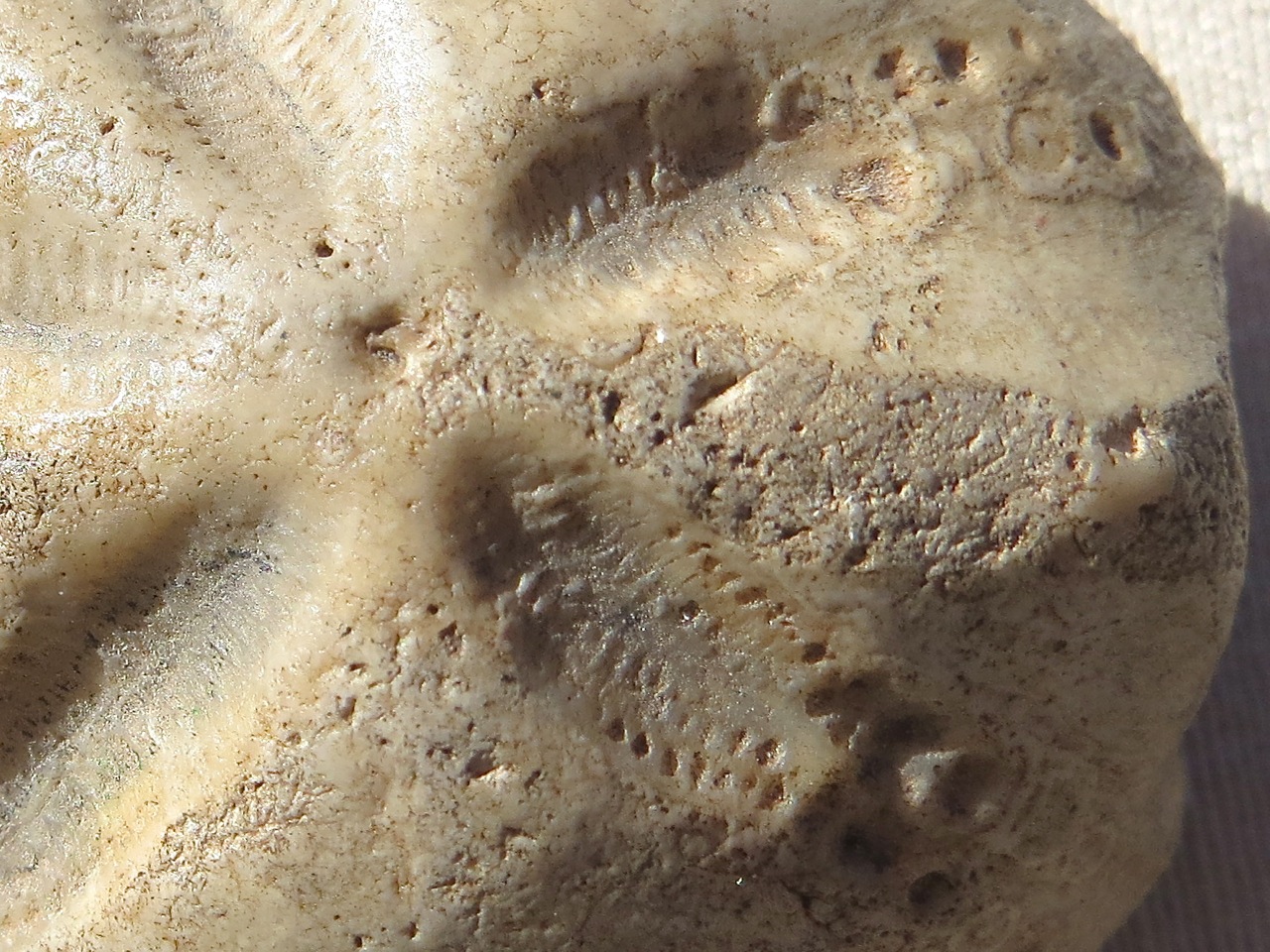
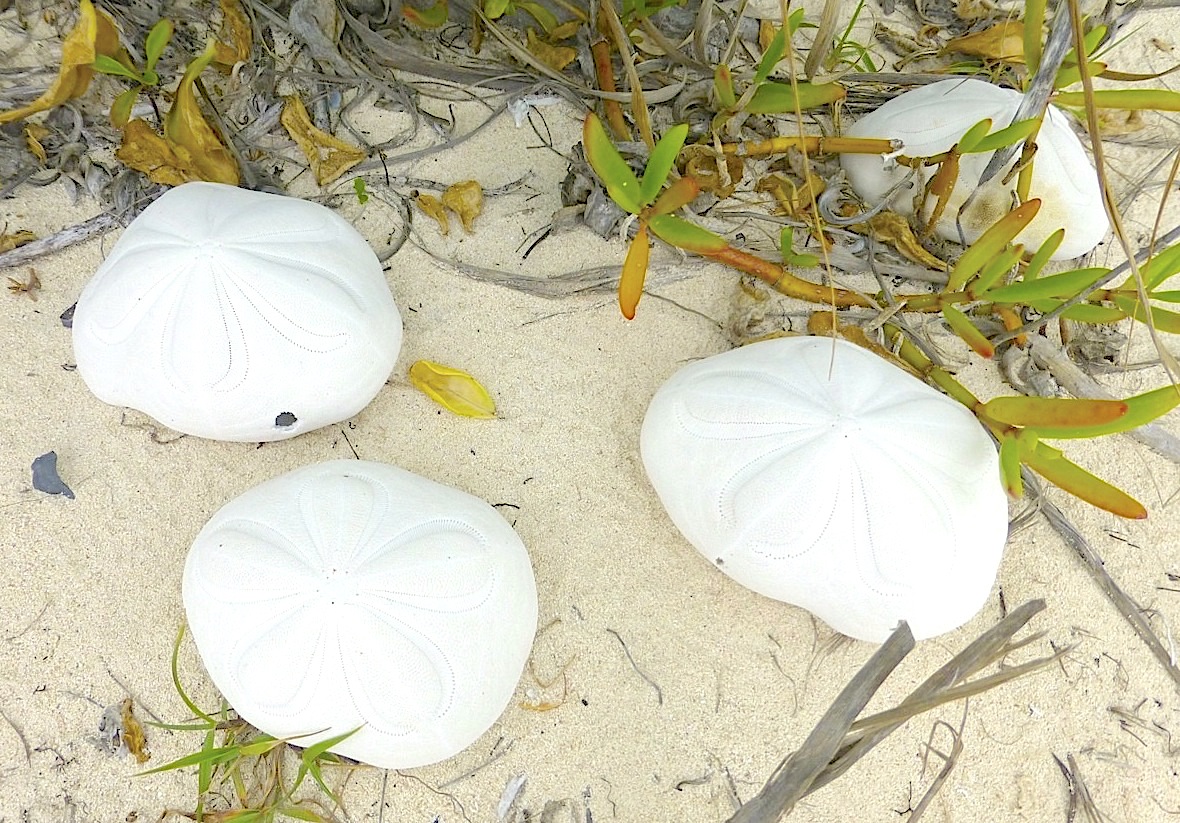
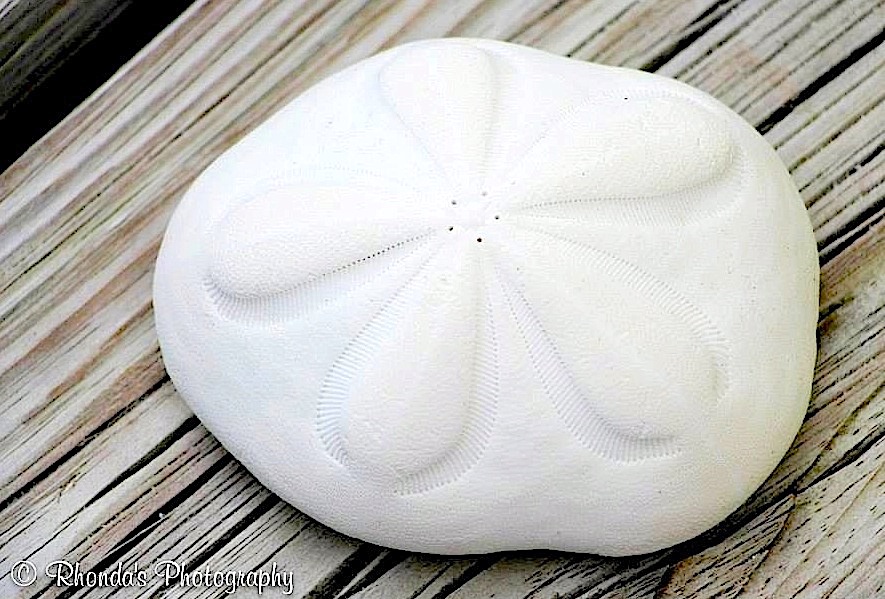










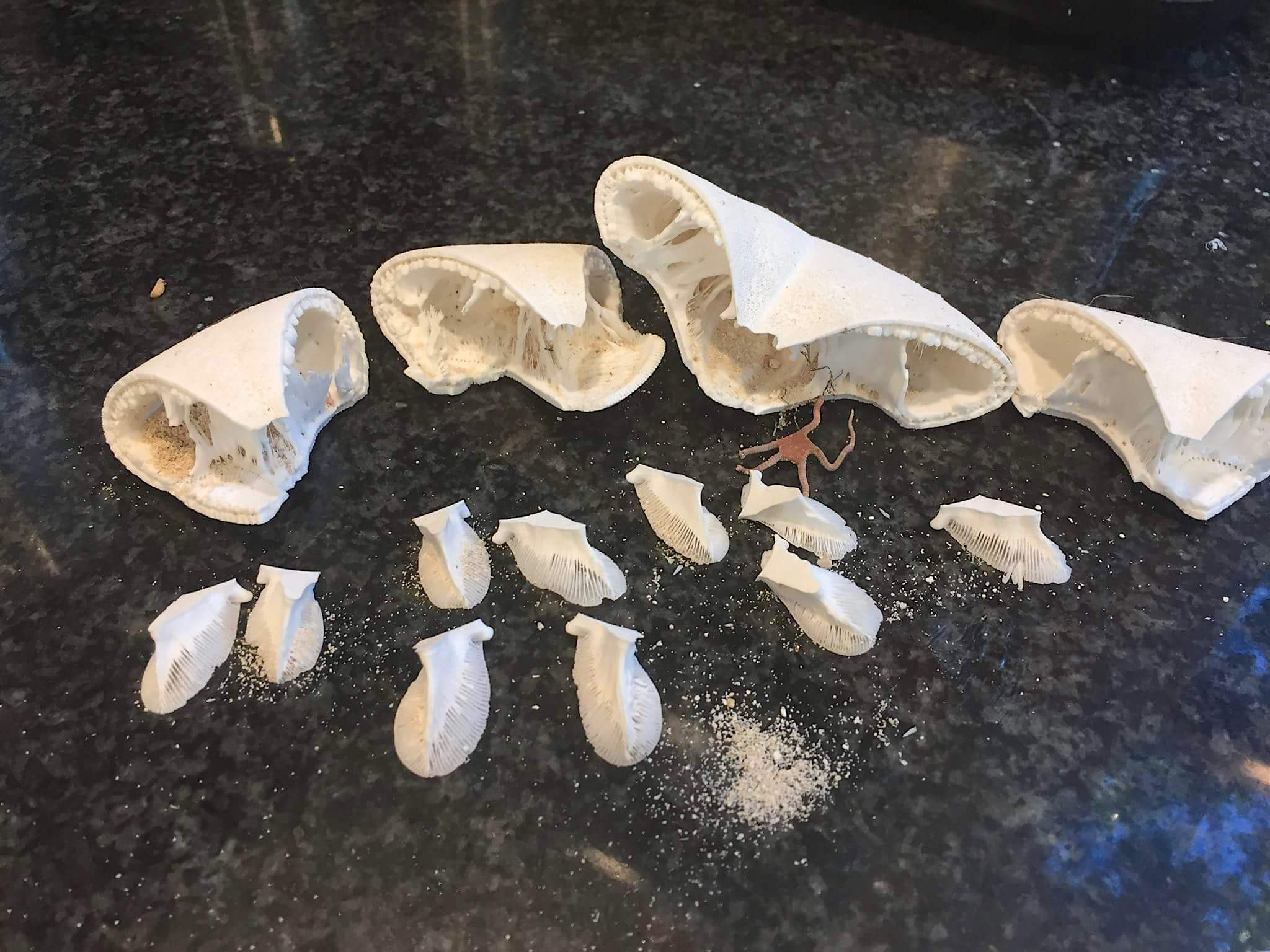

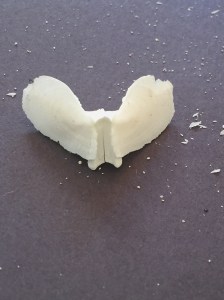

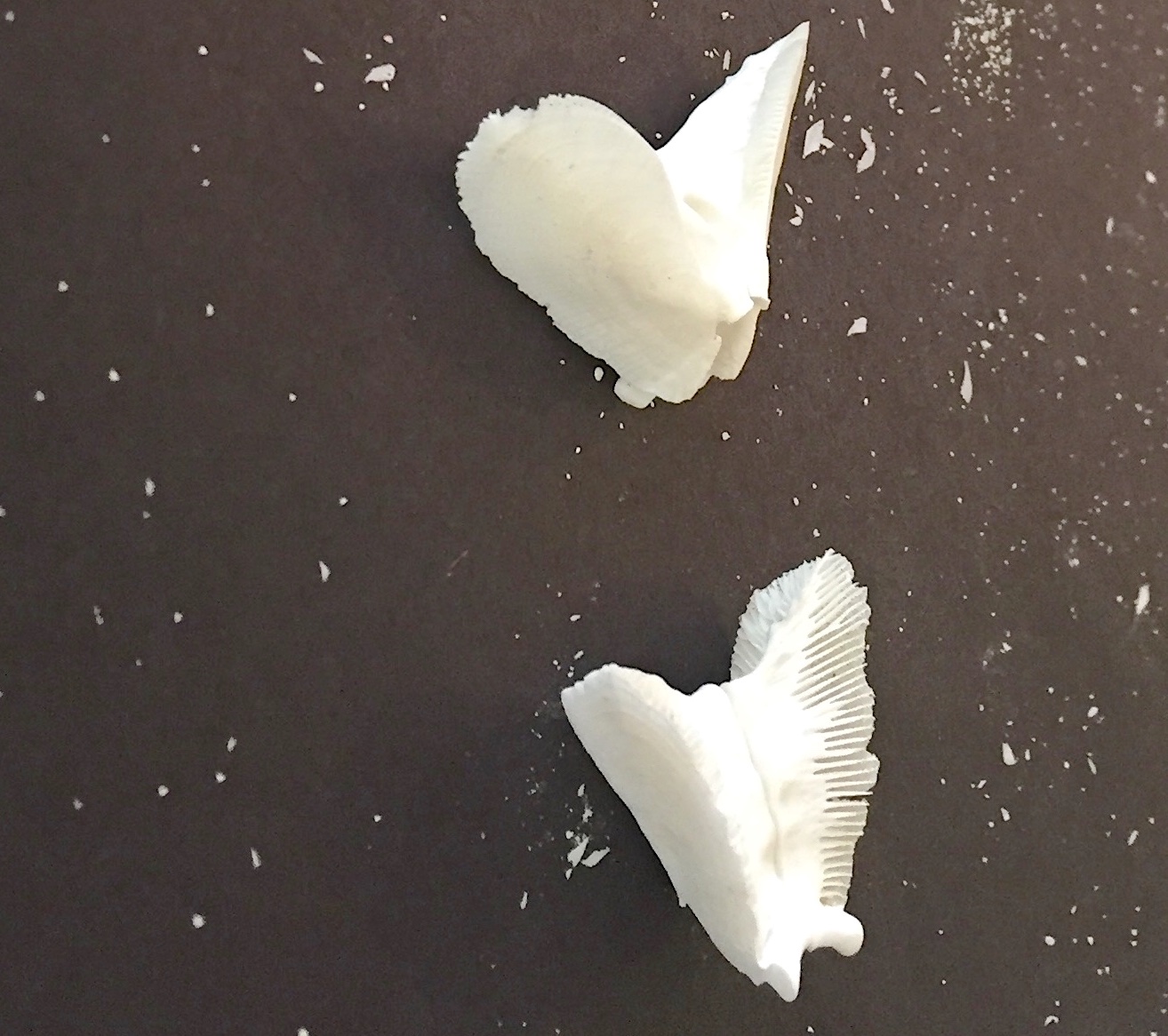

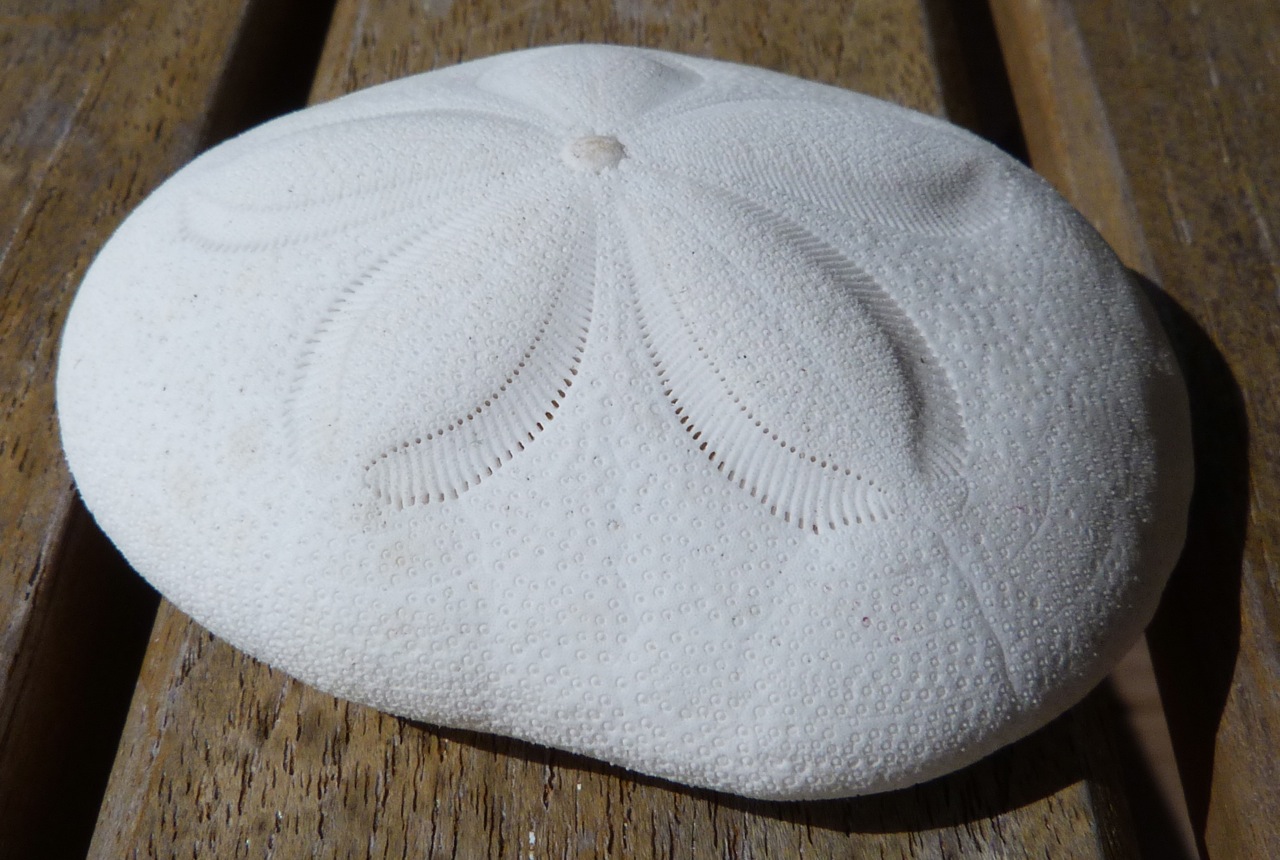


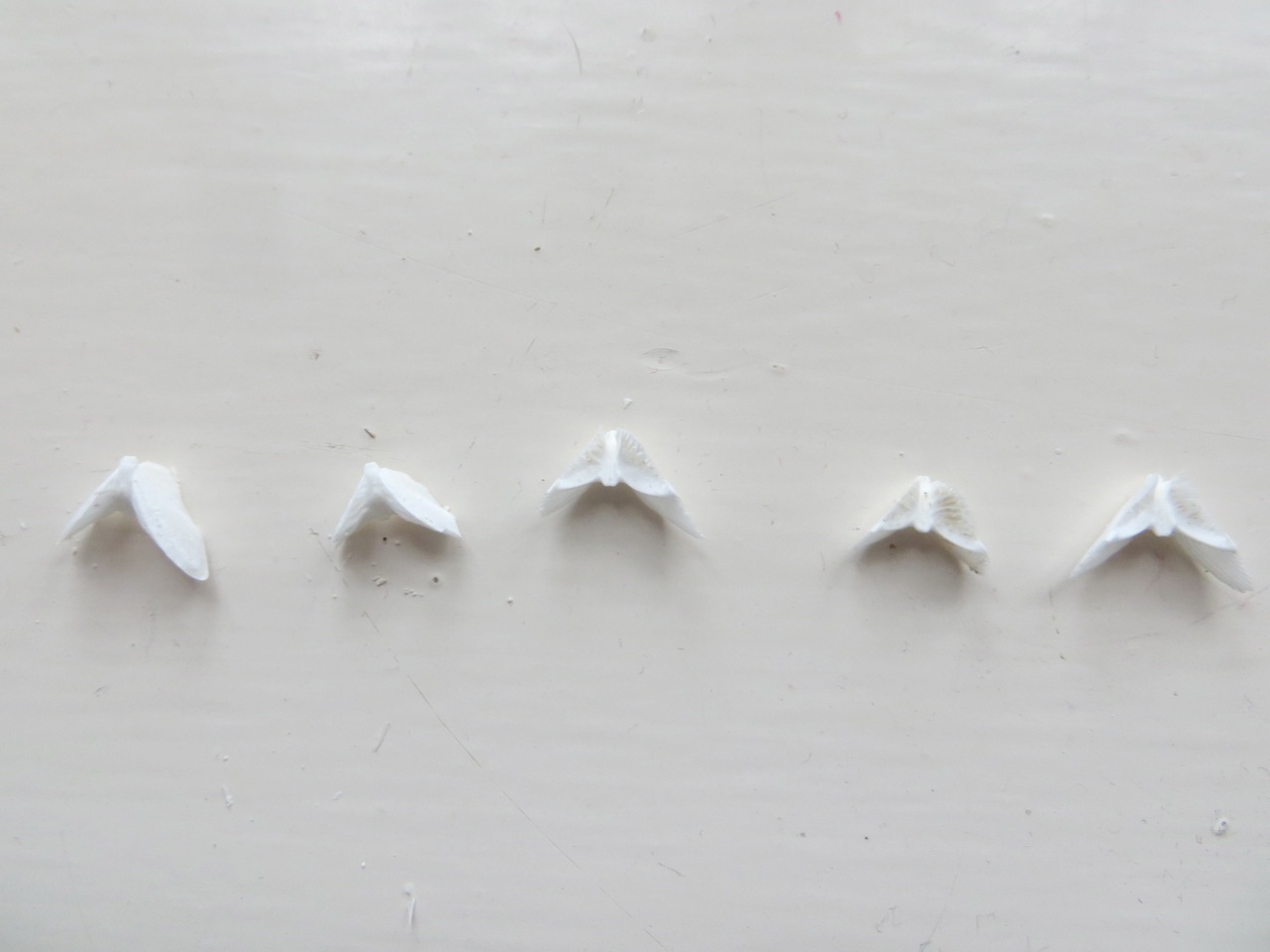


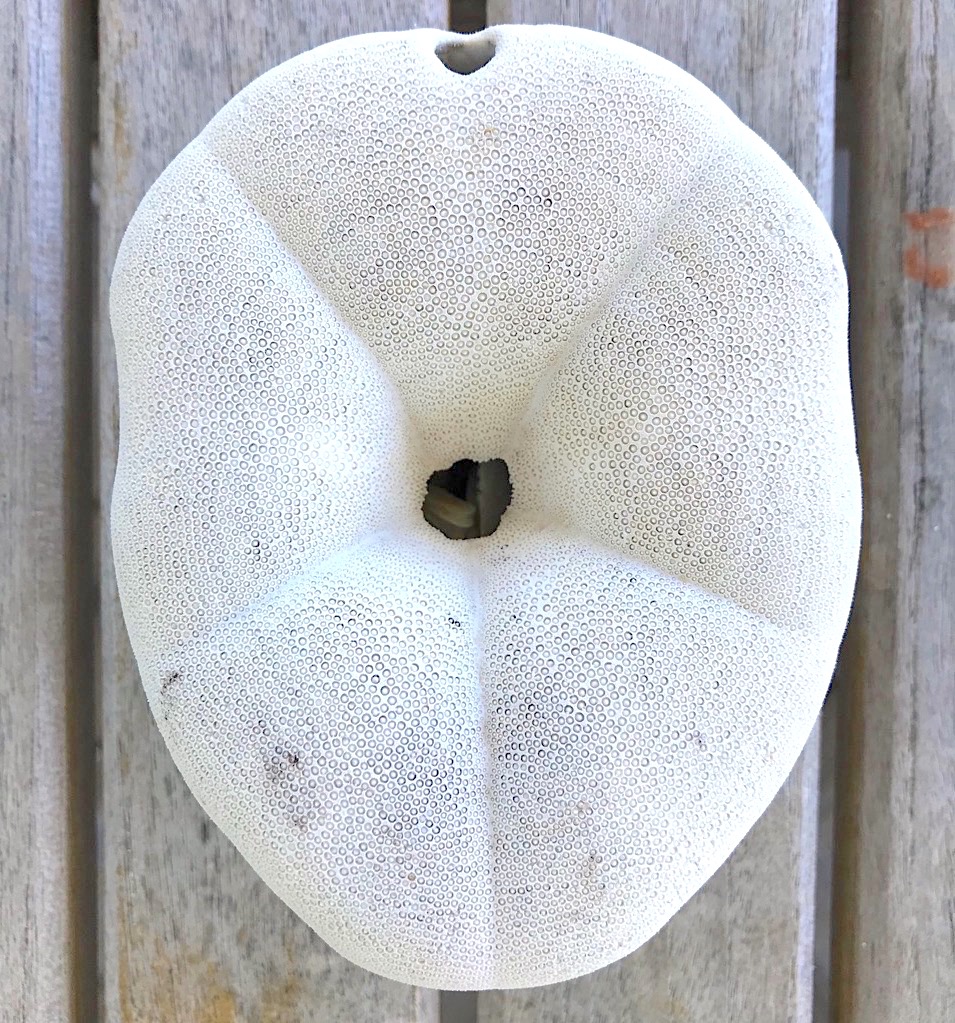


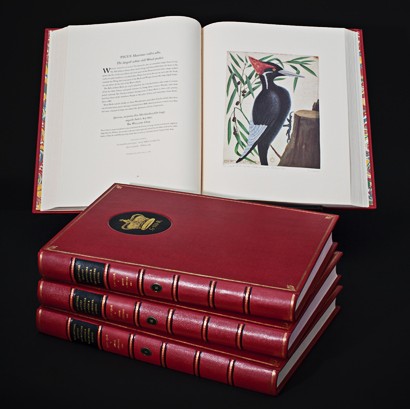

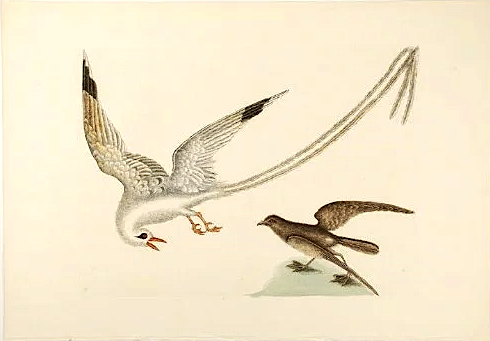







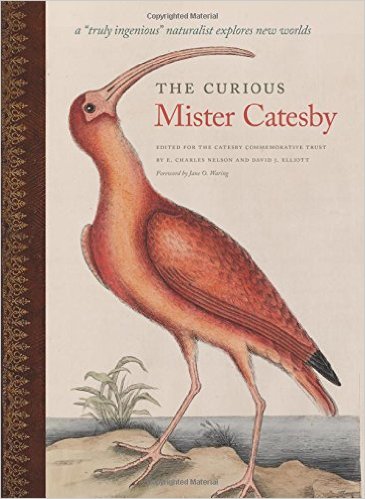








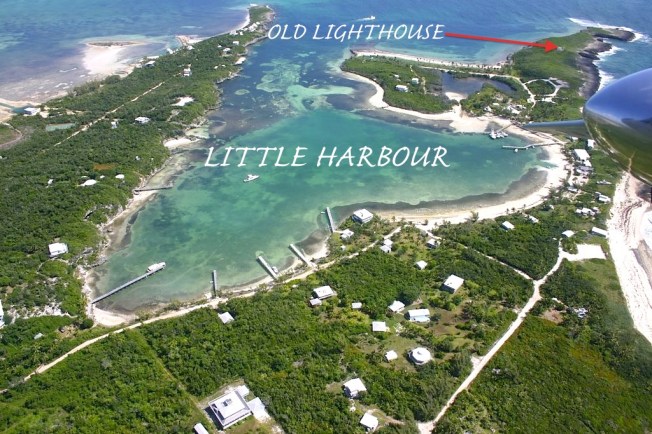









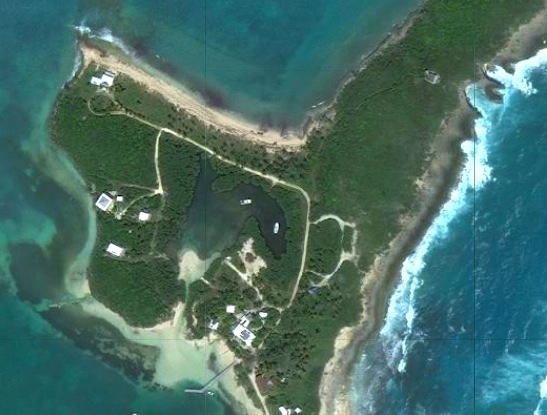


You must be logged in to post a comment.